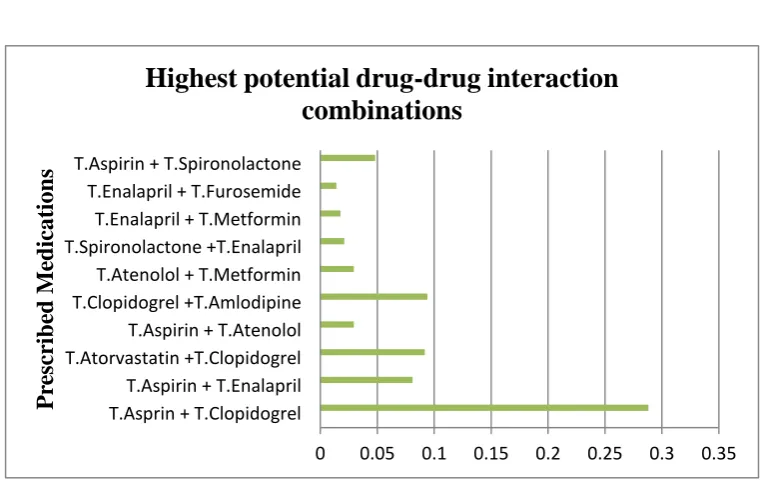Incidence of Potential Drug–Drug Interactions in Cardiac Patients in a Tertiary Care Hospital
Full text
Figure




Related documents
Four different extracts of Dictyota dichotoma were subjected to phytochemical analysis of secondary metabolites both qualitatively and quantitatively by preliminary
Recombinant factor VIIa (rFVIIa), originally developed for the treatment of acquired inhibitors associated with hemophilia [1,2], has been successfully used for bleeding due to
Through the analysis of the surgical procedures and surgical environment, the laparoscope arm preoperative planning algorithm based on the artificial pneumoperitoneum model,
A modified Hayman suture technique was performed using 2-Monodiox® sutures, which achieved a similar uterine preservation rate compared with B-Lynch suture using No.. No
Keywords: Data mining, Association rule, Apriori algorithm, Prescription patterns, Rational drug use, Hospital, Data warehouse, Nonsteroidal anti-inflammatory drugs,
Results were compared with those obtained in a control group of 20 hemodialysis patients, affected by secondary hyperparathyroidism, and refusing surgical treatment, and
ANOVA: Analysis of variance; b.i.d.: Twice a day (bis in die); BMI: Body mass index; cAMP: Adenosine monophosphate; cGMP: Cyclic guanosine monophosphate; Cmax: Maximum





